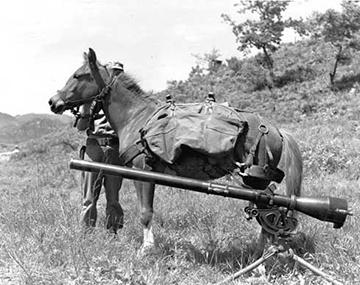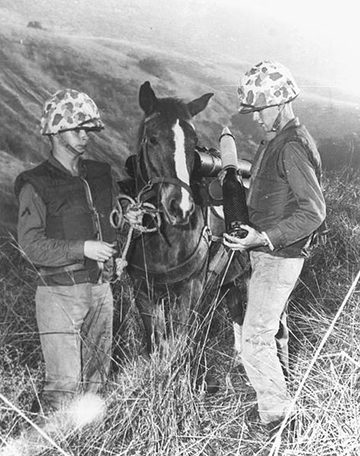Now that you’ve read my book, Glamping with MaryJane, you need to find a fabulous place to get your campin’ glam on.
We’re back for the 11th day of where to glamp in 2013.
The open road, a map, glasses, the kids in the back, and a Mercury station wagon. Where are you? Route #66, of course. Oh, and it’s 1952.
This historic scenic byway was the route of travel from 1926 on, taking travelers from Chicago to Los Angeles, until the Interstate Highway System began construction in 1956.
After stopping to see The Blue Whale, Cadillac Ranch, or the Gemini Giant, an overnight stay at a Wigwam Village was the only logical way to end the day.
Wigwam Village Inn #2
Kentucky – Cave City
Four hours from Route #66
Wigwam Village Inn #6
Arizona – Holbrook
Along Route #66
Seven Wigwam Villages were constructed between 1936 and the 1950s. Now, with only two left in operation, Wigwam Village #2 and #6 are persevering and still hosting weary travelers who want to stay in a wigwam.
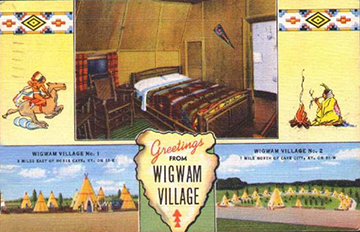
Courtesy of SO-KY. http://www.so-ky.com/wigwamvillage/wigwam-idx.html
Yes, they’re actually tepees! Upon patenting the model for his first village, Frank A. Redford felt the word “wigwam” was more interesting than “tepee.”
During its heyday, Wigwam Village #2 boasted having the largest wigwam in the world, which served as the lunchroom. Now, it’s open to visitors as a gift shop.
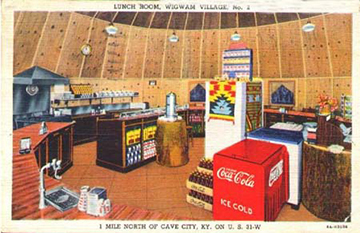
Courtesy of SO-KY. http://www.so-ky.com/wigwamvillage/wigwam-idx.html
The classic structure of these wigwams is arguably one of the most recognizable along Route #66.
After losing revenue, Village #6 spent time as a gas station before reopening with an added museum detailing the history and significance of its placement on the National Registry of Historic Places.

Wigwam Motel #6, Holbrook, Arizona, USA; Courtesy of Wikimedia Commons; Raleigh Muns
Below are more pictures of Wigwam Village #2, in Kentucky. You’re sure to feel just like a character from the show Mad Men staying in either of these two locations.

This photo of Wigwam Village is courtesy of TripAdvisor. Wigwam #2

This photo of Wigwam Village is courtesy of TripAdvisor. Wigwam #2
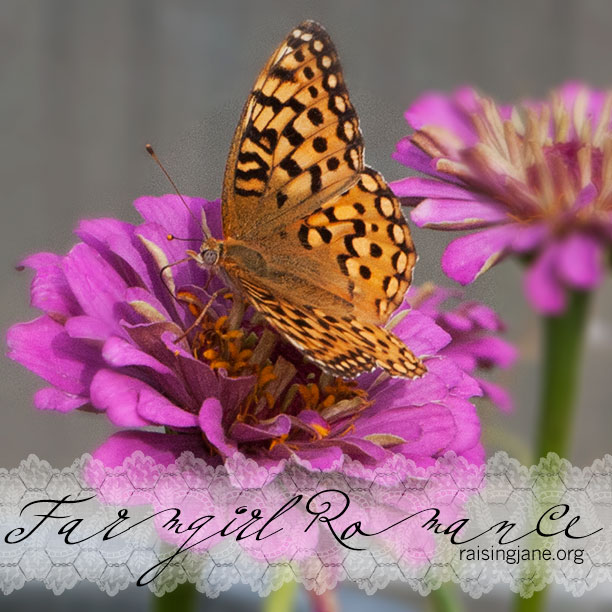
















































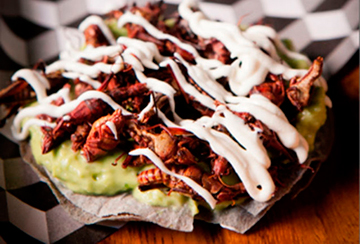
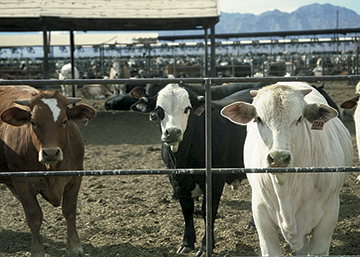




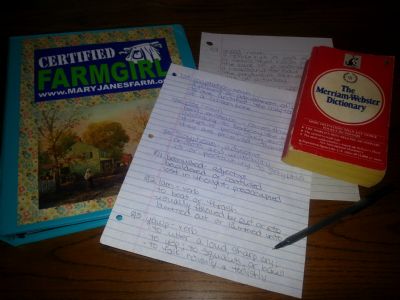 Being a middle school Language Arts teacher, it was interesting to look up words as if given my own homework assignment. I enjoyed the small task and look forward to the coaptation of more words into my notebook.”
Being a middle school Language Arts teacher, it was interesting to look up words as if given my own homework assignment. I enjoyed the small task and look forward to the coaptation of more words into my notebook.”















